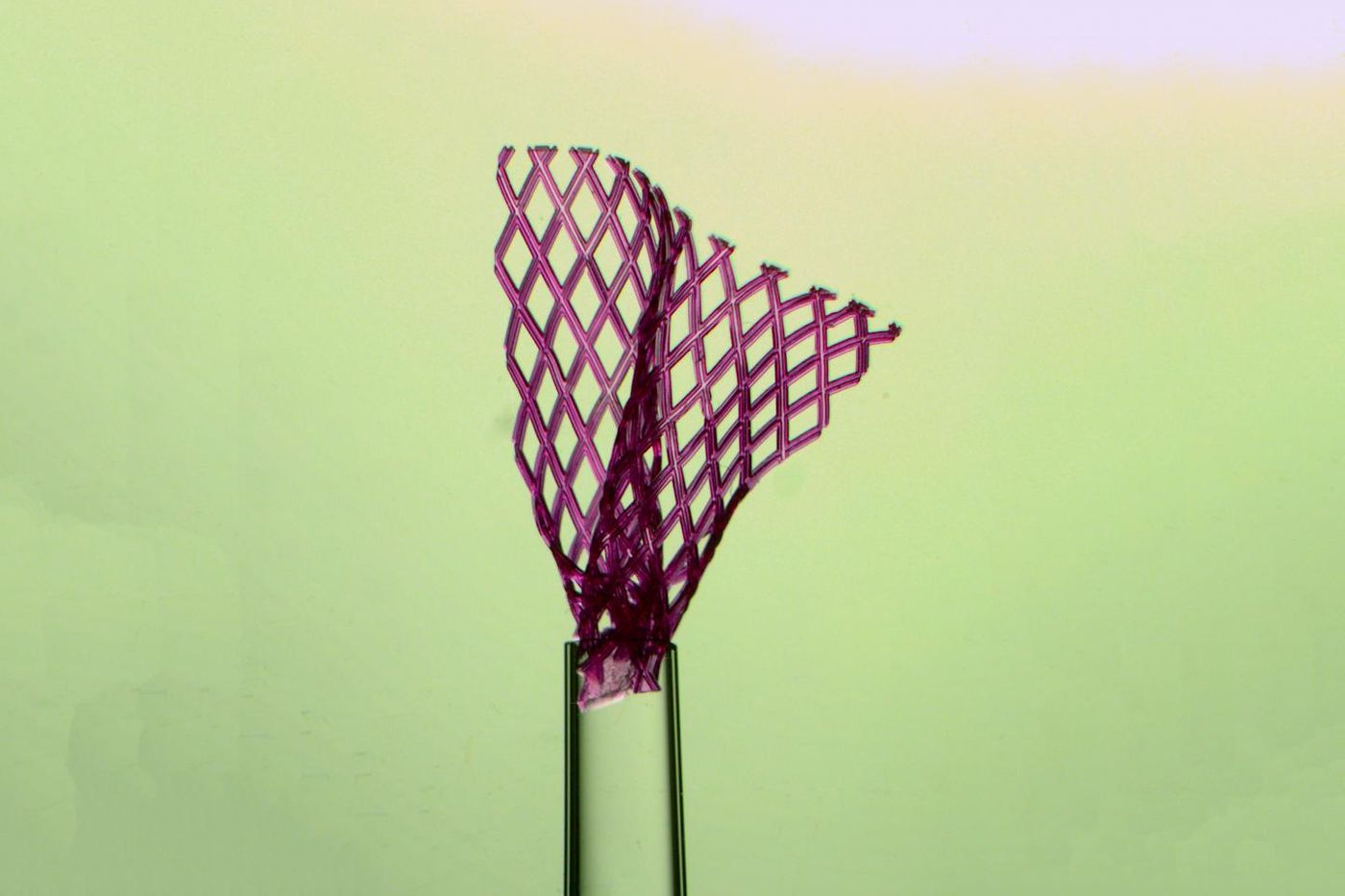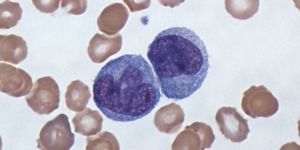Molecular Band-Aid Repairs Heart Muscle Tissue
Heart attack patients can be given regenerative tissue to help them recover, but the current procedure involves open-heart surgery, which is risky for individuals whose hearts are already under duress. From the University of Toronto Faculty of Applied Science & Engineering, scientists offer another solution.
Researchers with expertise in growing human tissue on “polymer scaffolds” present a biocompatible, biodegradable patch of heart tissue that can be delivered to the heart via a small needle, no massive surgery required. The technology is so close to real tissue that scientists are already using the patches to test drug candidates for side effects. The development of this patch comes from years of troubleshooting and optimizing cells to perfectly complement the target tissue in the heart.
"If an implant requires open-heart surgery, it's not going to be widely available to patients," explained Toronto professor Milica Radisic. Heart attack and other disease states leave the heart so vulnerable that an invasive procedure, even one intended to fix the brokenness, is more risky than it is helpful. This is what drove the search for a treatment that could be injected instead of implanted through open-heart surgery.
Radisic and her team are calling the new technology “AngioChip.” The heart patch has its own blood supply via vessels, and it unfolds into just the right shape after injection.
The key obstacles Radisic faced during the development of AngioChip were the mechanical properties and “shape-memory behavior” needed for the patch to successfully integrate itself into the heart tissue. Once they were able to ensure the patch had the right mix of these qualities, they could create a patch that needed a one-time only injection and that wouldn’t be altered by other factors at the injection site.
They grew the patch with other heart cells and successfully injected it into rat and pig models. AngioChip proved to be just as efficient and safe as delivering a similar treatment via surgery. Even more, the patch showed the ability to improve cardiac function; researchers observed more efficient ventricle pumping after its injection.
"When we saw that the lab-grown cardiac tissue was functional and not affected by the injection process, that was very exciting," explained Miles Montgomery, a PhD student in the lab who spent three years tweaking and optimizing the new technology. "Heart cells are extremely sensitive, so if we can do it with them, we can likely do it with other tissues as well."
Montgomery and Radisic believe that the same approach that resulted in the AngioChip could be used to treat other diseases. With growth factors and drugs, the technology is customizable to fit other organs for other purposes.
Going forward Radisic and the team plan on optimizing the patch’s long-term stability, maintenance of improved cardiac function, and potential use in other organs. Besides heart disease, what kinds of conditions could this technology treat?
The present study is published in the journal Nature Materials.
Source: University of Toronto Faculty of Applied Science & Engineering









